In March 2023, construction production in the European Union (EU) decreased by 1.2% compared with the same period in 2022. Compared with February 2023, a decrease of 1.9% was recorded. The construction of engineering structures decreased by 2.3% m-o-m and 1.8% y-o-y, while the construction of buildings (residential and non-residential) decreased by 1.8% m-o-m and 1.2% y-o-y.
However, despite the decrease in March, total production in the EU construction sector increased by 0.4% in the first quarter of 2023 compared to the same period. Engineering structures increased by 0.8% y-o-y, while non-residential and residential buildings increased by 0.3% y-o-y.
The slowdown in the EU construction sector since March 2023 has negatively affected demand and sentiment in the domestic market for long-rolled steel. The sector was recovering thanks to government support, but macroeconomic issues and market uncertainty affected performance.
Eurofer forecasts predict a 1.6% decrease in European construction activity in 2023 compared to 2022.
Industrial production in the EU in March 2023 also decreased by 3.6% compared to February and by 1.3% compared to March 2022.
In terms of inflation, the Eurozone experienced an acceleration of 7% in April 2023 compared to April 2022. However, micro-inflation, which excludes energy and food costs, slowed to 5.6%. This was the first decrease in core inflation since June 2022.
The European Commission revised its growth forecast for the EU economy in 2023 to 1%, down from the previous forecast of 0.8% in February. The EU GDP growth forecast for 2024 is 1.7 per cent. The Eurozone growth forecast for 2023 was revised down to 1.1% and for 2024 to 1.6%.
Inflation forecasts for the Eurozone were also revised upwards to 5.8% in 2023 and 2.8% in 2024 compared to the previous forecasts.


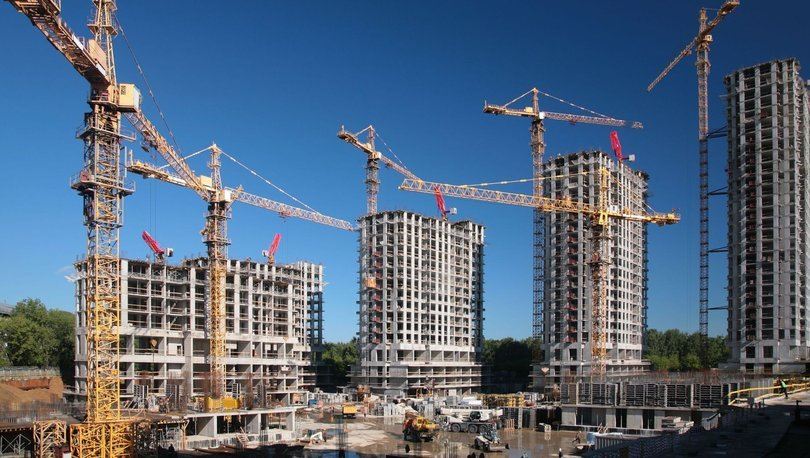

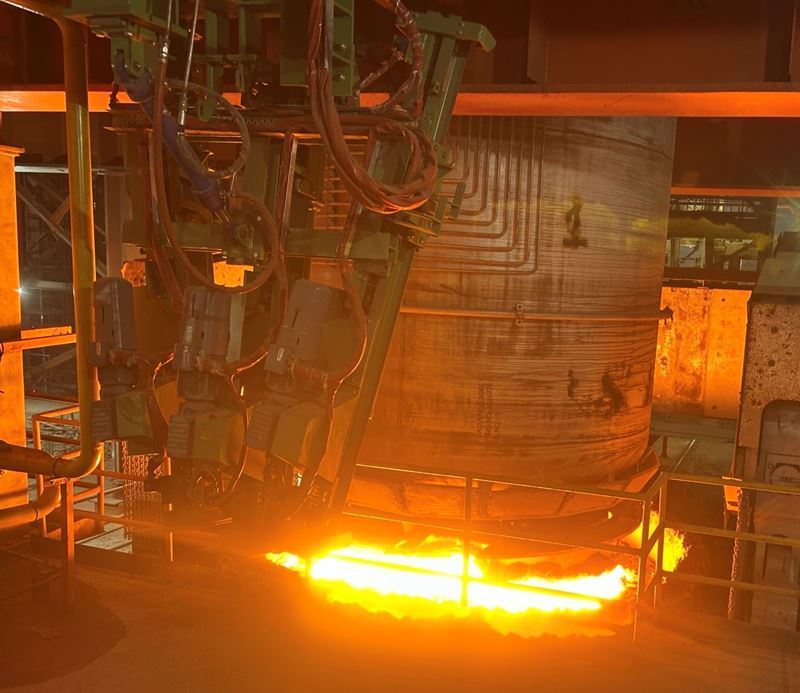
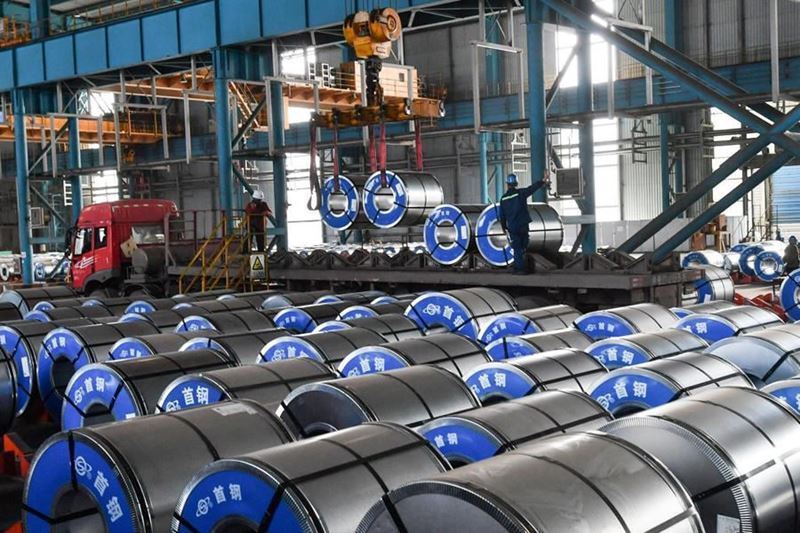
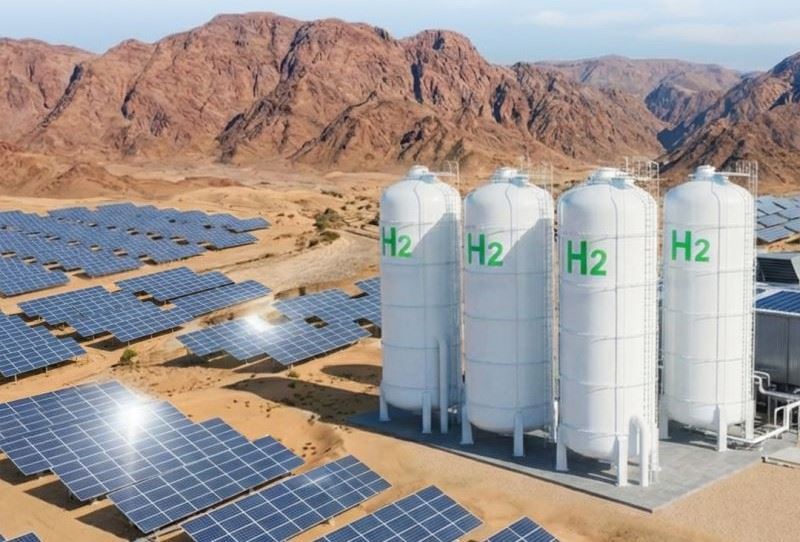
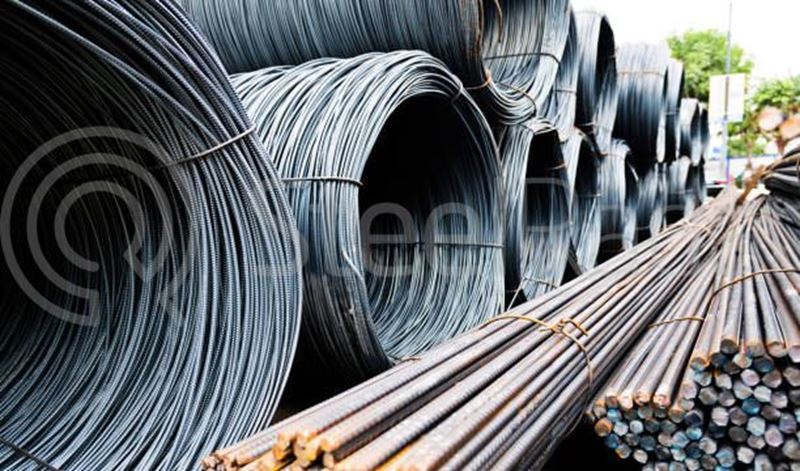

Comments
No comment yet.